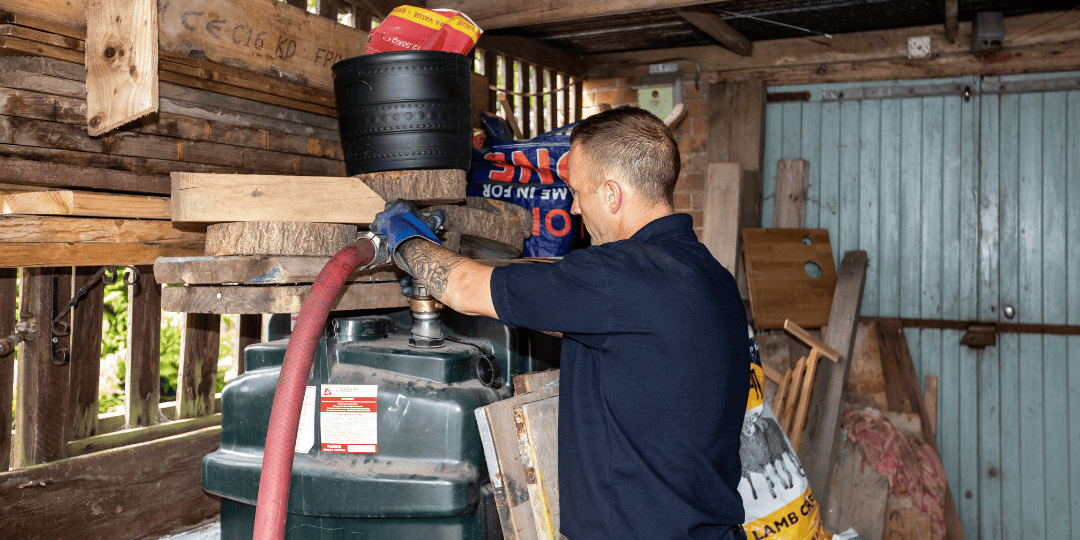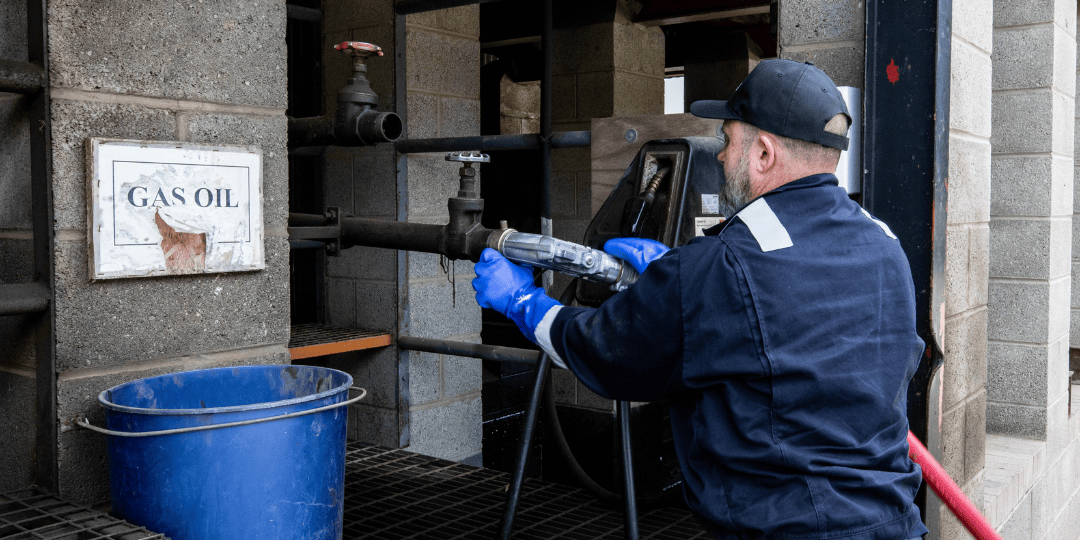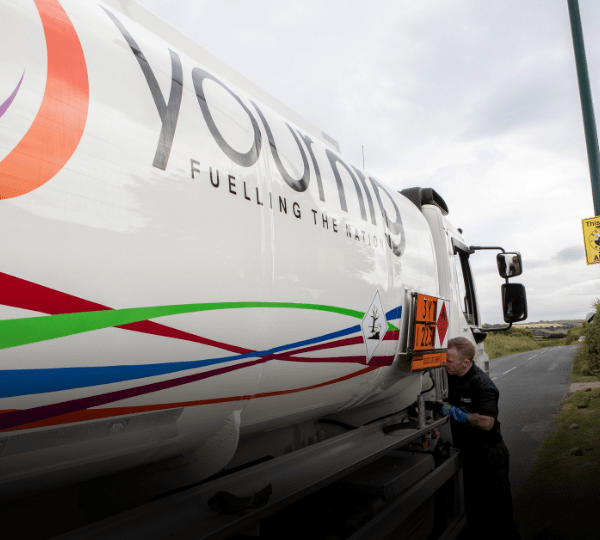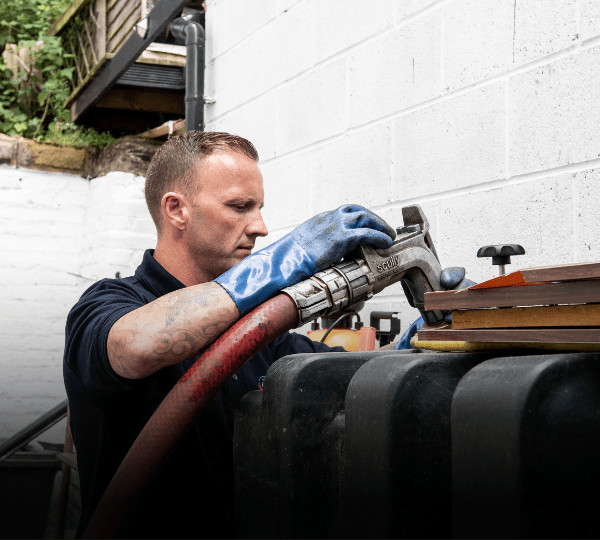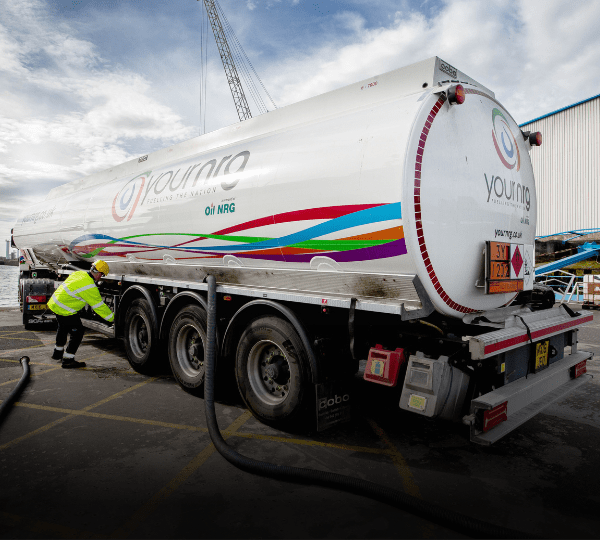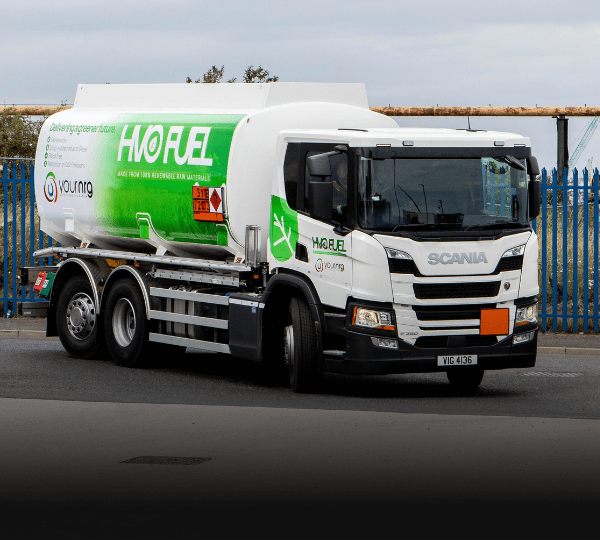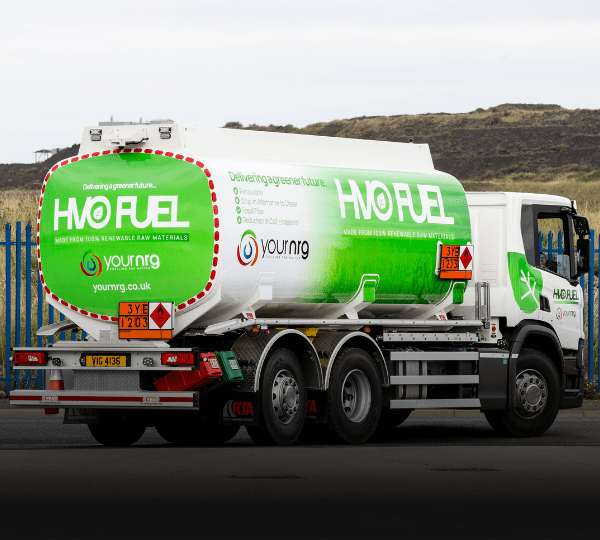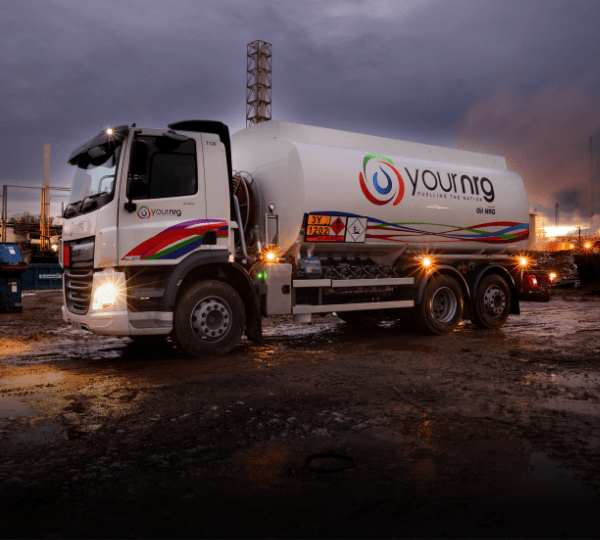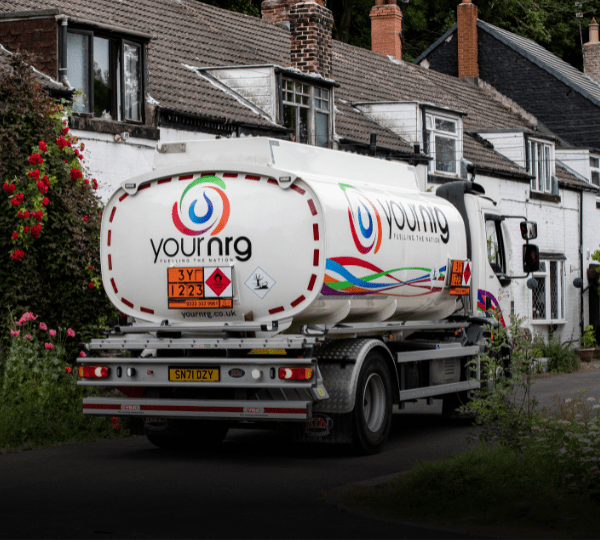How much red diesel can you store in your tank?
The amount of red diesel you can store depends on where you live in the UK. However, there are regulations that everyone must adhere to in order to prevent harm to the environment. These include rules about the location of your red diesel oil tank, the type of storage used and how your tank is installed.
For example, if you live England and your tank holds over 200 litres of red diesel, you have to follow The Control of Pollution (Oil Storage) (England) Regulations 2001. Additionally, your storage tank must meet Building Regulations 2010 and be installed at least 50m away from a spring, 10m from coastal waters or rivers, and must not be sited near flood risk areas.
Does and can red diesel go off?
Providing red diesel is stored correctly, it has a shelf life of approximately one year. However, you should check your fuel regularly and make sure your heating oil tank is well maintained. This is important as contamination or corrosion can not only shorten the life of your red diesel but also damage your storage tank.
Can red diesel freeze?
Gelling occurs when fuel temperature drops as it causes the consistency of red diesel to change. This is because the wax paraffin becomes waxier, resulting in cloudy-looking fuel. Red diesel will start to gel at temperatures between 0°C and 2°C but if temperatures continue to drop, it can ‘freeze’ and take on a thick, waxy consistency.
Is red diesel flammable and can it catch fire?
Red diesel is classified as a combustible rather than a flammable fuel. While flammable fuels are defined as those that have a flashpoint below 38°C, gas oil has a flashpoint of 52°C or above and is therefore classed as a combustible fuel. However, red diesel will ignite at higher temperatures so it’s important to store gas oil correctly.
Does red diesel burn quicker? And is red diesel lower quality?
Red diesel has the same chemical composition as white diesel, but with an added red marker-dye. Both of these fuels are formed of a mixture of carbon chains and compounds, and they release the same amount of greenhouse gas when burned. As such, red diesel burns at the same rate and is of the same quality as white diesel.
Ask the experts at Your NRG
Do you have any further questions about red diesel? You can find answers to a variety of questions on our FAQ page or read about the April 2022 legislation updates on our red diesel gas oil duty change advice hub article. Alternatively, our fuel experts are always available to provide help and support. Contact our team by sending us a message, or use our quick online quote tool for today’s best red diesel prices.
